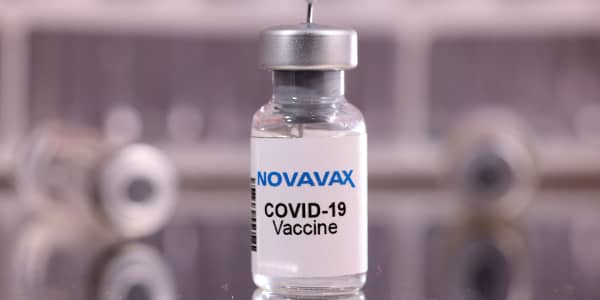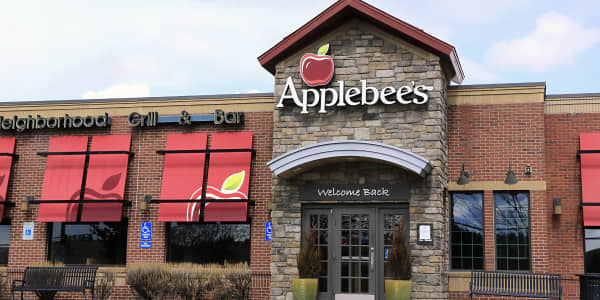
Here are the most important news items that investors need to start their trading day:
1. Waiting for Nvidia
Stock futures were up Wednesday as traders await Nvidia earnings. Nvidia is the best-performing S&P 500 stock of 2023, up more than 200%, and investors have gotten excited about its artificial intelligence prospects. Analysts are expecting to see that enthusiasm pay off as they're predicting strong profit and revenue when the company reports second-quarter earnings after the bell. Dow Jones Industrial Average futures were up 142 points, or 0.5% in early trading Wednesday. S&P 500 and Nasdaq 100 futures rose 0.6% and 0.8% respectively. Follow live market updates.
2. Bad day for retail
Retail stocks were hit hard Tuesday after disappointing forecasts left investors underwhelmed. Shares of Dick's Sporting Goods fell 24% in trading Tuesday, erasing the stock's previous 22% year-to-date gain and marking its worst day since its IPO. The plunge came after the retailer slashed its earnings guidance, blaming retail theft, and reported a 23% drop in profits. Meanwhile, fellow retailer Macy's dropped 14% despite topping expectations as it stood by its conservative full-year guidance. CEO Jeff Gennette warned that customers will continue to be cautious for the rest of the year, hurting sales. Wednesday didn't look much better as shares of Foot Locker fell 26% in premarket trading after the retailer reported falling sales and slashed its outlook for the second time this year.
3. It's official
UPS workers officially approved a five-year labor deal on Monday with 86.3% of the votes. The agreement includes big wage increases and improvements to safety precautions and schedules, according to the International Brotherhood of Teamsters. The shipping giant and the union, which represents about 340,000 workers, narrowly avoided a strike by reaching a preliminary deal last month. Under the deal, part-time drivers will make a minimum of $21 an hour and full-time drivers will average $49 an hour. CEO Carol Tomé said earlier this month that UPS drivers will average $170,000 in pay and benefits at the end of the five-year timeline. The union said the deal is the single-largest collective bargaining agreement in the private sector.
4. Office hubbub
As part of its effort to get employees back to the office, Amazon is requiring some employees to move to central hubs to be closer to their teams, CNBC's Annie Palmer reports. In some cases, that means staffers have to move out of state. Several Amazon employees told CNBC that the relocation demands are too onerous and disruptive to their personal lives, so they've decided to quit rather than uproot. The company told employees in February that they should physically be in the office at least three days a week, starting in May, but that didn't necessarily mean they had to work out of central hubs, which can vary by team.
5. Economic impact
The devastating wildfires in Maui, Hawaii, caused between $4 billion and $6 billion in economic losses, according to an estimate by Moody's RMS, which looked at property damage and business interruptions to make the determination. The estimate does not consider any effect the wildfires had on Hawaii's gross domestic product, government spending on the response to the catastrophe or the social cost of the fires. That means the true cost is almost certainly higher than the estimate. They were the deadliest U.S. wildfires in more than a century, with at least 115 people confirmed dead and more than 800 people still missing. President Joe Biden visited the site of the fires this week and vowed the federal government will help "as long as it takes."
— CNBC's Alex Harring, Gabrielle Fonrouge, Melissa Repko, Leslie Josephs, Annie Palmer and Spencer Kimball contributed to this report.
— Follow broader market action like a pro on CNBC Pro.





